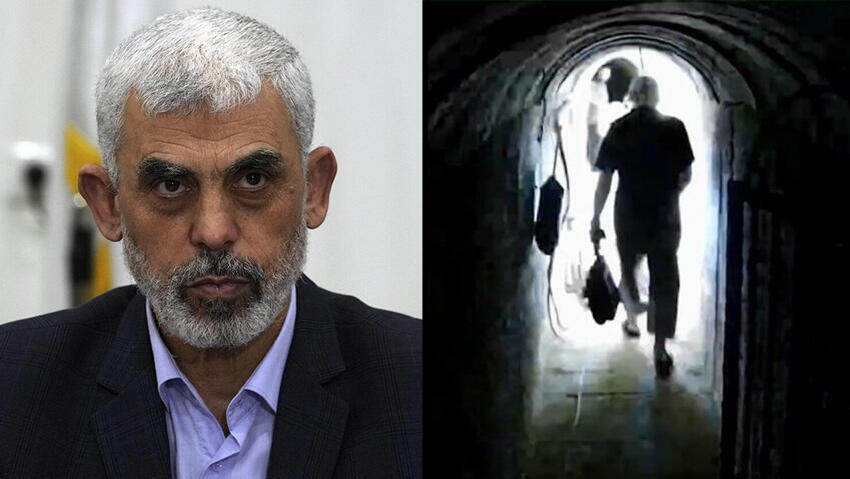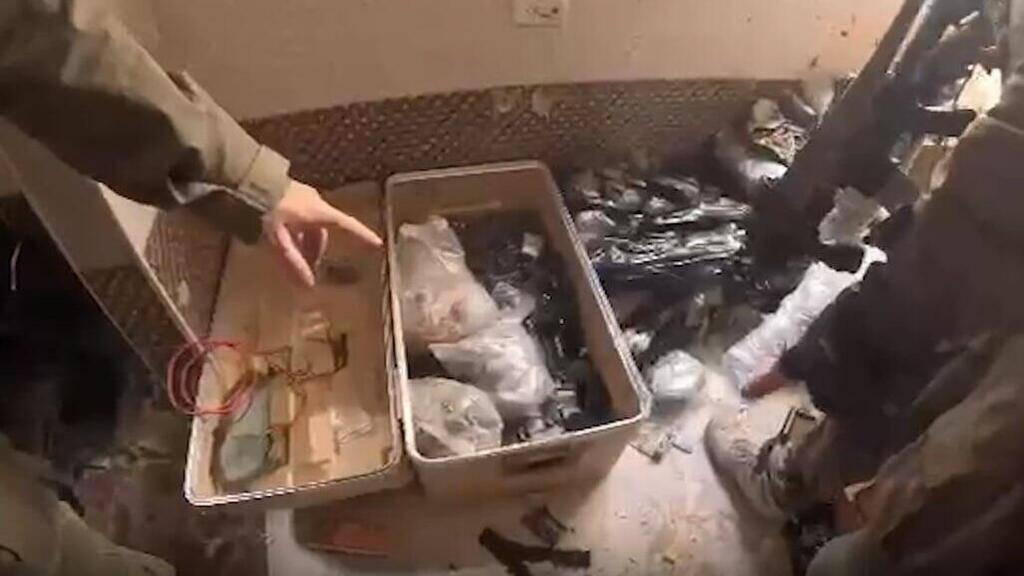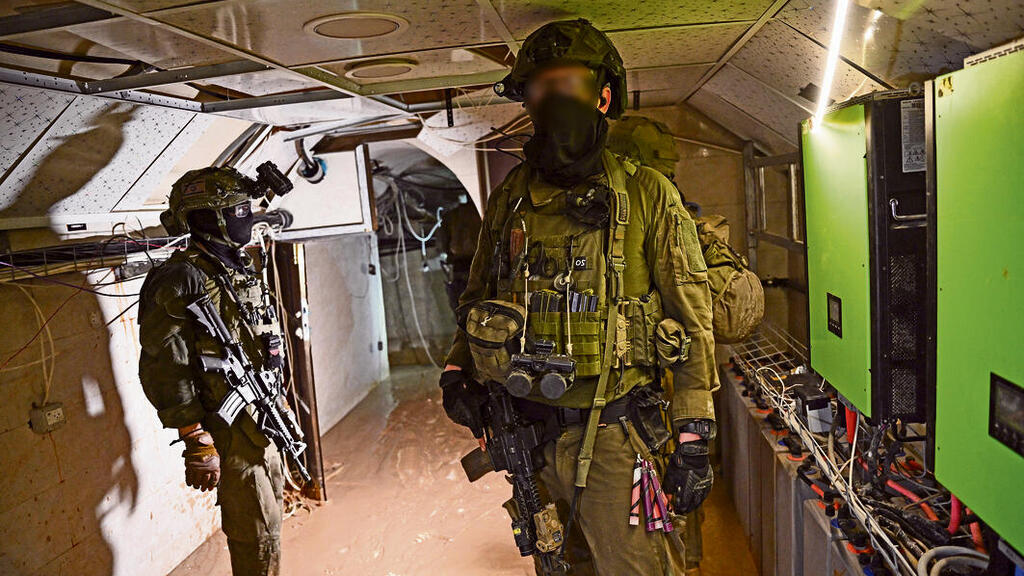Getting your Trinity Audio player ready...
Conditions in Gaza amid the war, which has lasted close to five months, have led Hamas leaders in the Strip to take a series of strict security measures in regard to communications. The steps are taken within the terror organization's political leadership, as well as within the leadership of Hamas’s military wing and even by its leaders abroad. This also affects the delegation negotiating the hostage release deal with Israel.
More stories:
Despite reports of a complete disconnect between Hamas leader in Gaza Yahya Sinwar and the terror group’s politburo head Ismail Haniyeh, the leadership in Gaza addresses every proposal or deal – and has the final say. The constant discussions are conducted discreetly, aiming to ensure that information doesn’t leak out.
3 View gallery


Hamas leader Yahaya Sinwar, Sinwar running from IDF forces in Gaza tunnel
(Photo: IDF Spokesperson's Unit)
Sources close to Hamas leadership told the UK-based Arabic newspaper Asharq Al-Awsat that the terrorist organization’s leaders have adopted special communication protocols which they primarily use to connect with bodies abroad. This, according to the report, is due to the almost constant disconnection of phone and internet lines in Gaza, and is also done in an attempt to avoid tracking by Israeli intelligence.
The sources added that at the start of the war, Hamas leaders relied on the terror group’s communication lines, which were developed by Hamas military engineers as early as 2009. They began to develop it sporadically, mainly using foreign technology, likely smuggled through underground tunnels along Gaza’s border with Egypt.
According to the report, Hamas’s military wing installed established underground phone exchanges connected to old phone lines at certain points above ground. These posts were maintained monthly and periodically checked in attempts to prevent infiltration.
Additionally, the sources told the outlet how each leader had his own "contact point," through which emergency communication was held. Israel, according to them, was aware of this system and attempted to hack into it several times. Sometimes, airstrikes were even directed at it, according to the report.
"In a covert, undeclared war, the enemy managed to booby trap the phone lines in May 2018," the sources said. "This led to the assassination of engineers who tried to expose security breaches." According to them, an Israeli special force unit infiltrated the Strip and carried out a series of operations, including attempts to infiltrate Hamas' communication system.
It seems that Hamas has maintained this communication method even at the start of the ongoing war, despite the IDF’s focus on destroying part of these communication systems, alongside underground tunnels that contained significant communication infrastructure.
3 View gallery


Transmission equipment found by IDF in Gaza weapons cache
(Photo: IDF Spokesperson's Unit)
The sources explained that despite the damages, the terror group’s leadership continued to use the phone lines - and even held negotiations that led to the cease-fire deal and the first wave of captive releases through these lines.
They added that later, Hamas engineers succeeded in restoring some of the phone exchanges to operating order and established new communication points. Additionally, the sources revealed that the negotiation for the cease-fire with Israel took place within the Strip. Afterward, an operative in the organization was tasked with delivering the responses abroad.
"The talks were held using internal communication systems and delivered abroad in various ways, including internet linked to electronic chips and via the use of encrypted software purchased abroad," the sources explained.




